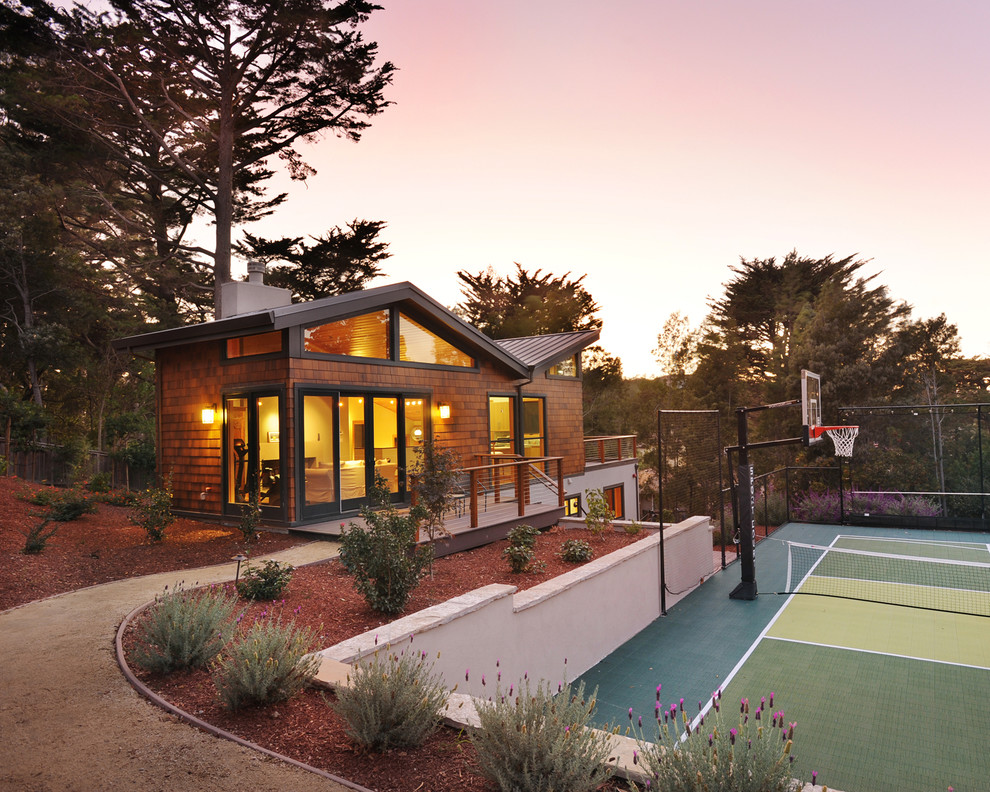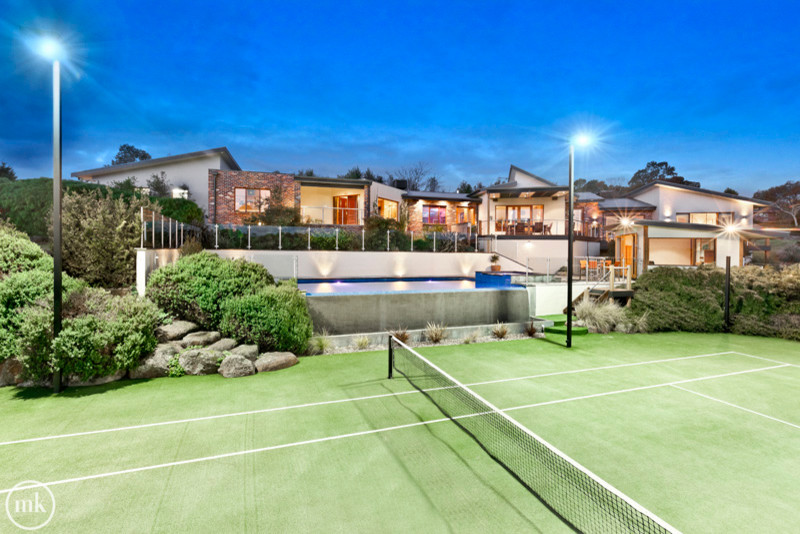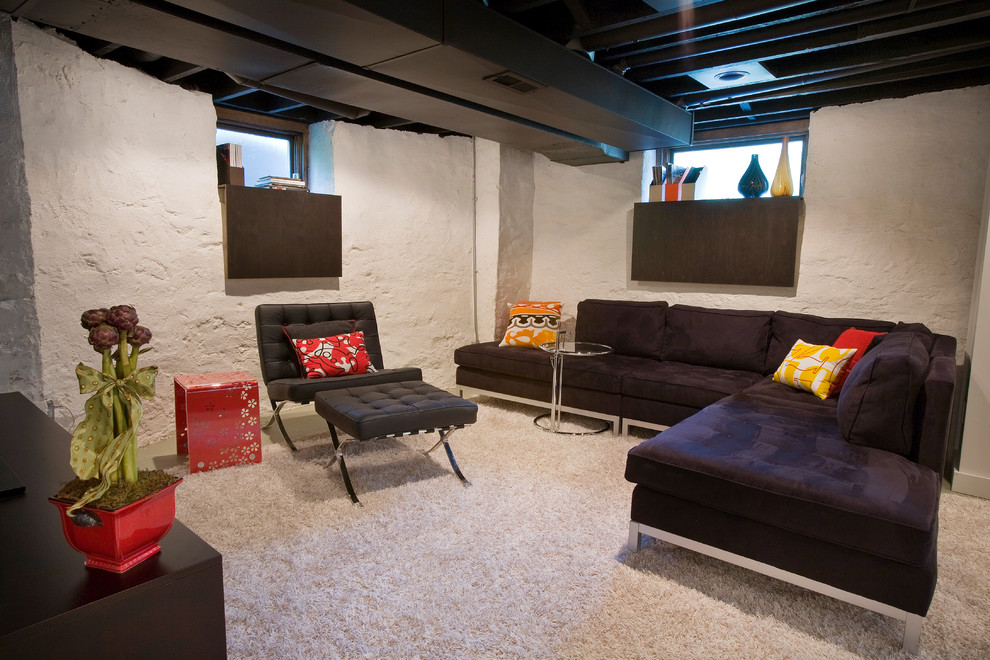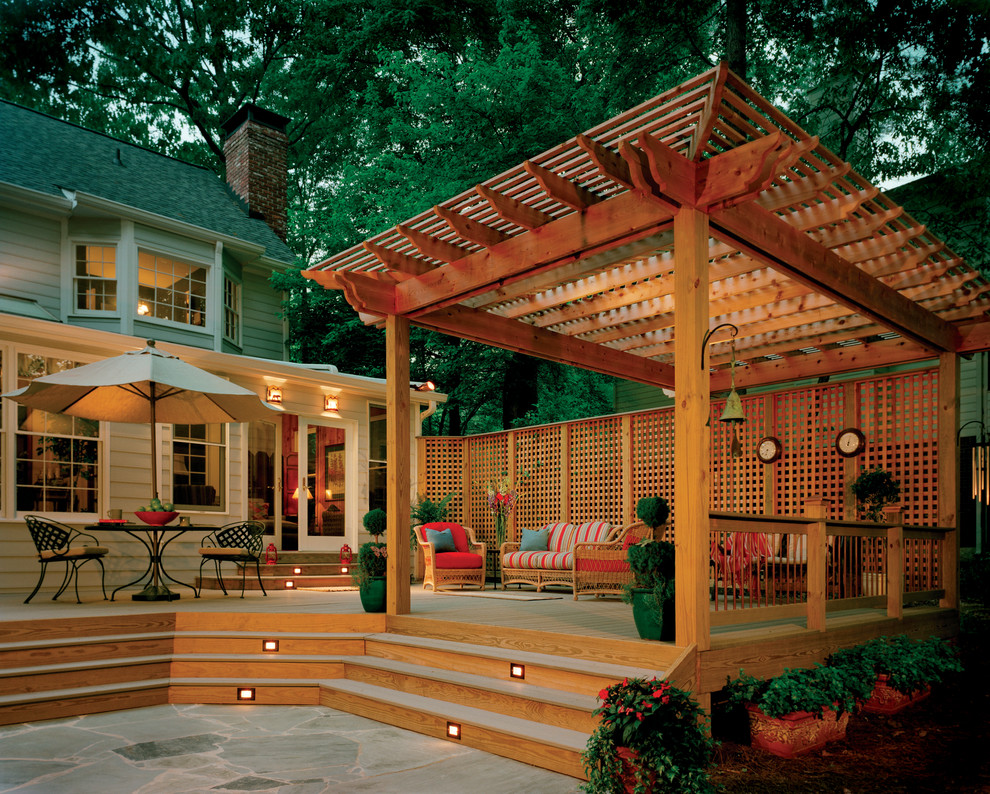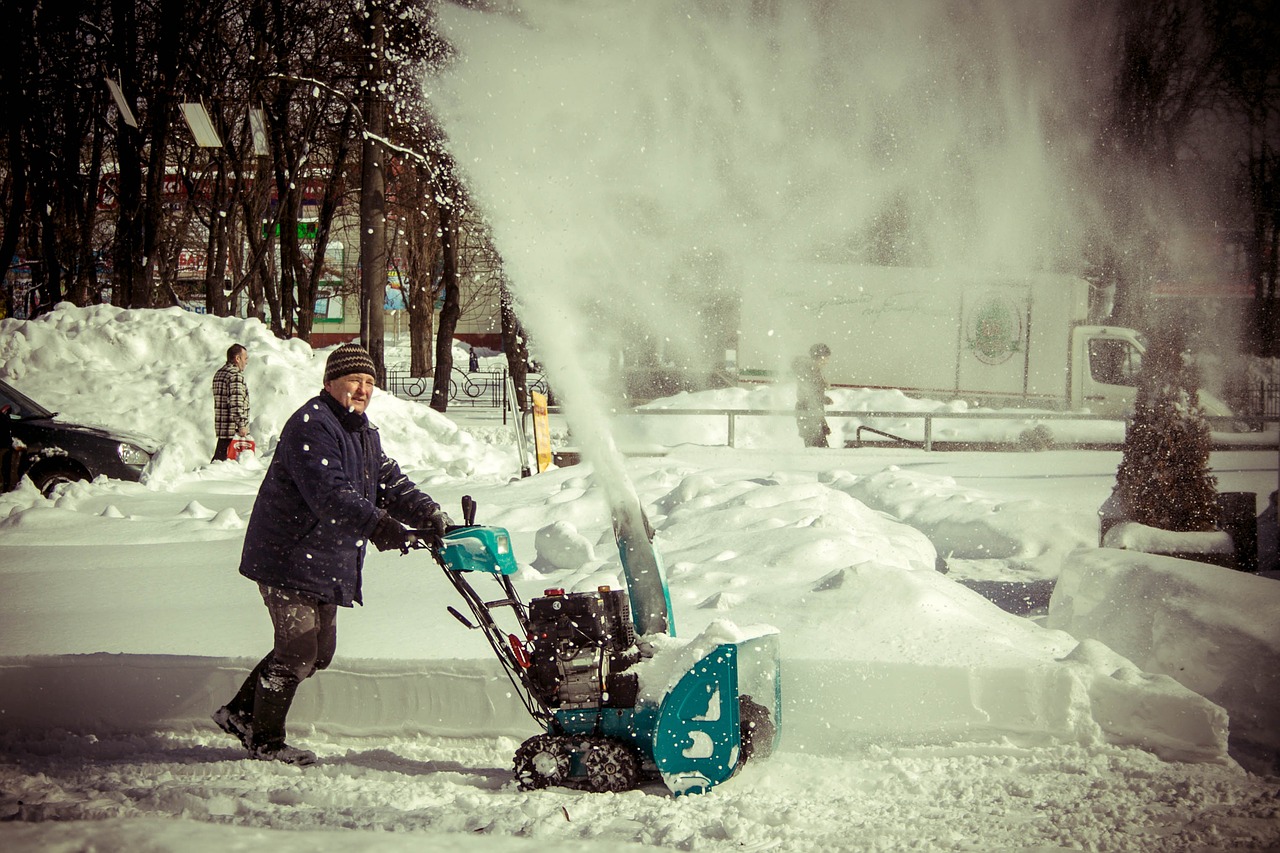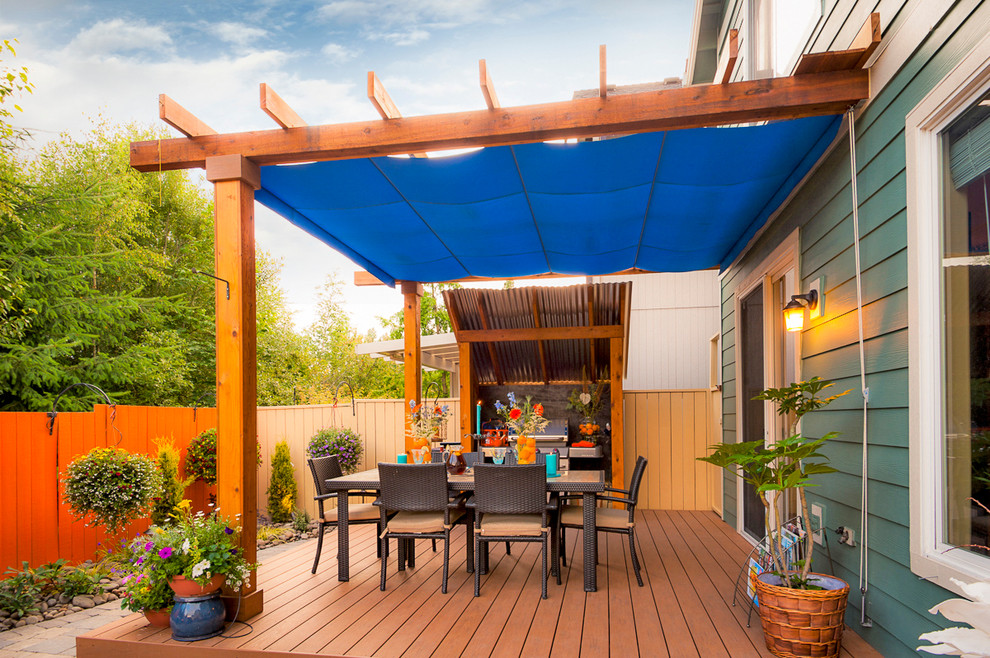Having a tennis court in your backyard was always considered luxurious, exclusive and reserved for wealthy people and athletes who used it as a way to get back into shape. However, this is not the case any more. The only prerequisite for a tennis court in your backyard is – well, your backyard. If you have some free space and money, you can be serving the ball right behind your house in no time, so here is how to do it.
The Advantages of a Home Court
Having a tennis court does not mean you can only play tennis – on the contrary, you are installing a playing surface that will be suitable for several sports. Since they can have similar dimensions, you can play basketball, futsal, korfball and badminton at one convenient multipurpose court. That way, you will not limit yourself or your friends and family to just one sports activity, but offer quite a wide range of choices.
Contemporary Landscape by Seattle Architects & Building Designers Motionspace Architecture + Design
By opting for a concrete surface instead of asphalt, you will get better value for your money as concrete is more lasting, durable and resistant to high temperatures and cracks. However, before you can start enjoying sports in the comfort of your backyard, there is quite a lot of work to be done, from measuring dimensions and buying necessary material to hiring a good contractor and decorating the court.
The Cost of a Court
The choice between asphalt and concrete is also important when it comes to dedicating a budget for a tennis court. While the former option costs about $50 thousand, the latter will be about twice as expensive, especially if you use post-tensioned concrete. Additional costs may include accessories such as spectator seats or night lighting.
Contemporary Landscape by North West Landscape Architects & Landscape Designers Charlesworth Design
So, why is concrete considered better when it doubles the construction costs? In short: because its maintenance and repairing costs are much, much lower. Concrete cracks can be taken care of in just a day or two, while the same issues will make your asphalt court inaccessible for quite some time, which is a big problem if you own a club. You can, nonetheless, save some money on materials if you purchase them in advance and choose a sports field line marking solution that will require no additional repainting.
The Installation Facts
No matter which dimension you opt for, building a tennis court is not just digging a hole in your backyard and filling it with concrete – even though this sounds easy and convenient. You have to put a lot of thought into it and take all variables into consideration. Therefore, the preparation phase is the most important and it is necessary to set some money aside for a high quality stone base and a drain tile that will provide enough support and efficiently take care of the water collected on the court.
Contemporary Exterior by San Francisco Interior Designers & Decorators TRG Architects
When it comes to choosing concrete, it should be 3000 psi or higher and the slab should be at least four or five inches thick. In addition to recommending adding layers of polyethylene, most experts insist on pouring the concrete by pump to ensure that it is properly spread.
Choices, Choices
Besides paying attention to the size of your court and the orientation (try to avoid shade and maximize the daylight), there are several other choices. When speaking of concrete slabs, most people pick post-tensioned over reinforced concrete as it is easier to install and prevents shrinking and squeezing, while soft surface minimizes chances for injuries. Finally, the only thing to decide on is the color: green is still the default one, but with modern coloring options, you can choose any you like.
Contemporary Pool by Melbourne Real Estate Agents Morrison Kleeman Estate Agents



